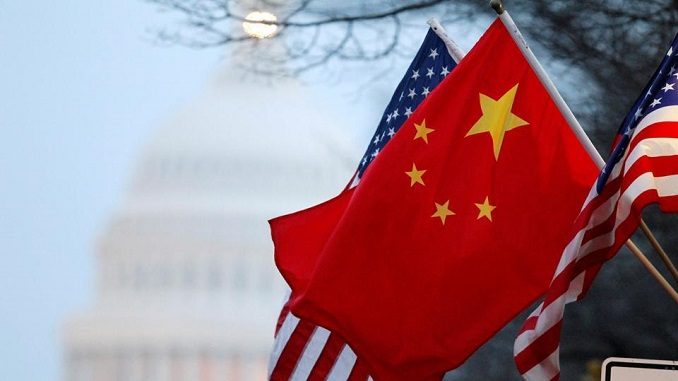
With nearly seven months gone, an ambitious $36.5 billion target for Chinese imports of U.S. farm goods this year may not be quite out of reach, but it’s looking like a big, big stretch, Reuters reported.
By end-May, imports were running behind 2017 levels – rather than 50% ahead as needed – and while orders for China’s main farm import, soybeans, have started to pick up, scorching levels of buying would be needed to hit the mark.
Add in a rapid deterioration in U.S.-China relations, an upcoming U.S. election, a global pandemic and questions over just how much soybeans China actually needs, and farmers and analysts say it may be a stretch too far.
“It just doesn’t seem likely to me,” said John Payne, senior futures & options broker with Daniels Trading in Chicago. “If the global economy was more normal then maybe, but you have this whole COVID problem.”
Beijing and Washington sealed their Phase 1 trade deal in January after two years of acrimony and a steep slump in imports by one of the biggest buyers of U.S. agricultural goods.
Analysts at the time expressed reservations about the farm goods target, which is a quarter above 2013’s all-time high of $29 billion.
Still, Chinese buyers stepped up purchases this year of a range of farm imports, sealing record deals in corn and meat imports, prompting some optimism.
“If I were to grade them today, we went from a C- to a B, and if it continues maybe we can start to see higher levels. But it needs to be a continual, ongoing affair,” said Dan Basse, president of AgResource Co in Chicago.
The chances of meeting the target will be clear in the next few months. Soybeans typically account for about half of China’s U.S. farm imports and the vast bulk of buying comes in the last three months of the year when supplies from top grower Brazil dry up.
After a slow start, Chinese importers booked more than $2.5 billion in U.S. soy purchases in just the past eight weeks.
“We may be on the verge of really beginning to ramp up sales to China. I think you’re going to start seeing these chunks of soybean sales happening pretty soon because Brazil’s getting close to sold out,” said John Baize, president of consultancy John C. Baize & Associates.
It’s unclear, however, whether China will sustain its appetite over the next five months after its crushers earlier snapped up record volumes from Brazil.
Demand will also depend on China’s recovery from a disease that killed hundreds of millions of pigs, reducing the need for feed.
For soybeans to make up half of the $36.5 billion target, buyers would have to take some $2.8 billion a month from July to December, according to Reuters calculations.
This pace of monthly buying has never been sustained for more than two straight months and only then during the fourth quarter of the year, most recently in 2016.
Trade in other products, meanwhile, may find it hard to hold their early trajectory.
Chinese buyers bought more than $500 million of corn in the first half of July, but importers are thought to have nearly filled their import quotas and the country’s own crop will be ready for harvest from September.
China also spent record amounts on meat through May, including over $1.2 billion on pork, according to USDA data, but overall spending on meat is relatively small.
In total, China’s American farm purchases amounted to $6 billion through May – the latest data available – up just 9.1% from the same period in 2019 and 31% below 2017’s level.




Be the first to comment